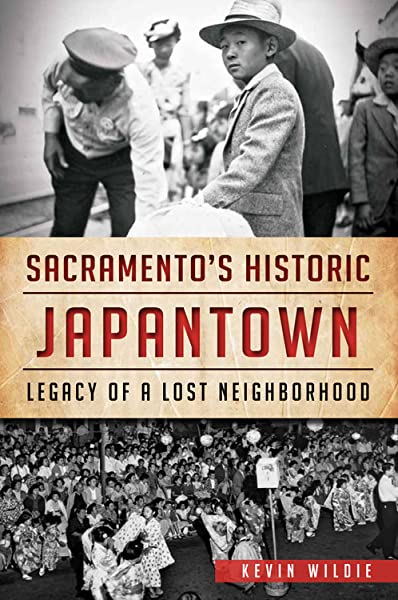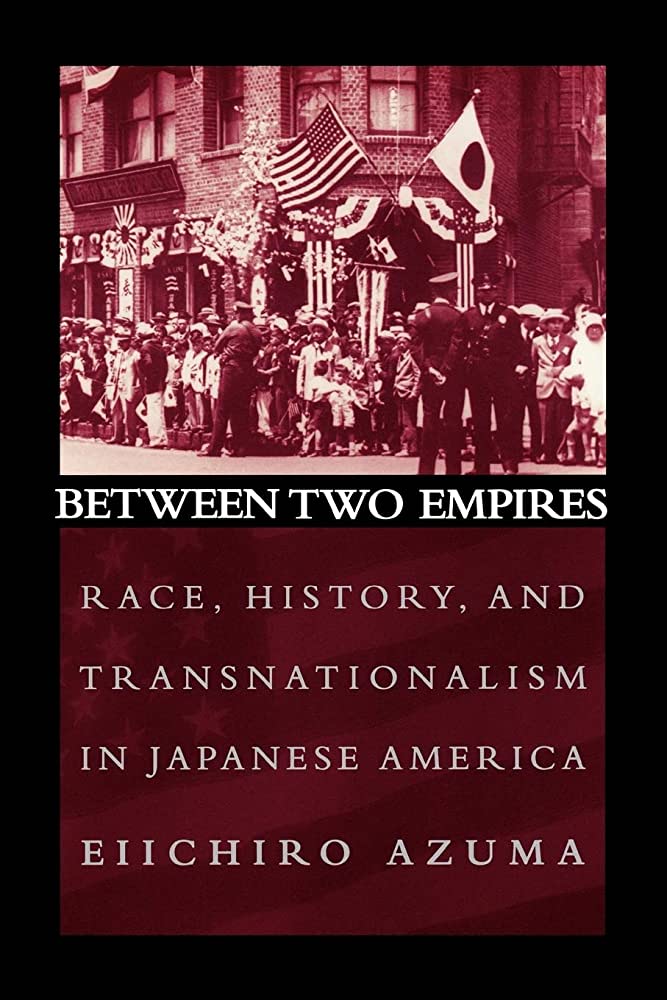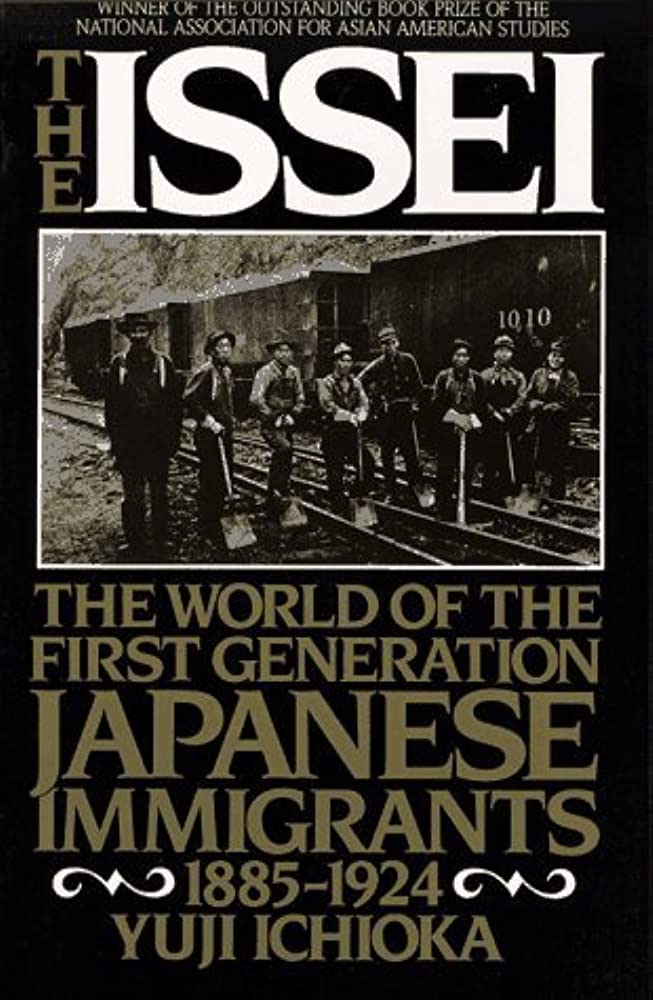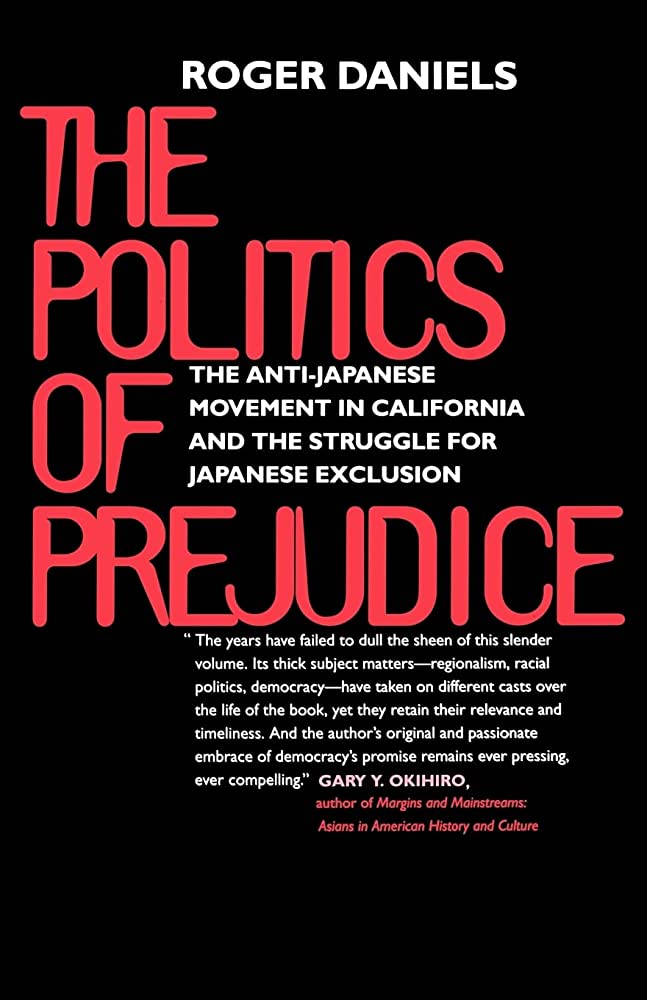Recommended Readings / Sources

-
Sacramento's Historic Japantown: Legacy of a Lost Neighborhood
By: Kevin Wildie
Publisher: The History Press, Cheltenham, Gloucestershire
Published: 2013
ISBN-13: 978-1626191860
What Wildie explores throughout his book is Sacramento's Japantown, and how it can serve as a model for the Japantowns that sprung up all across California in the early 20th century. He interviews residents that lived in Sacramento's Japantown during this period, detailing the economic, cultural, social, and religious reasons as to why they thrived. He details how Japantowns integrated not only within the Japanese-American agricultural framework, but, because of economic discrimination, ended up creating a parallel, ethnic society of their own, with small businesses, banks, boardinghouses, grocery stores, sports clubs, hospitals, and churches. Wildie also documents the demographic changes in Japantowns following the Immigration Act of 1924, as nisei, or second-generation immigrants, replaced the issei, or first-generation immigrants. Finally, Wildie details how Executive Order 9066, ordering Japanese internment, resulted in the widespread repossession of property and the loss of economic impetus. Ultimately, the Capitol Mall Redevelopment Project would bring an end to Sacramento's Japantown.

-
Garden of the World: Asian Immigrants and the Making of Agriculture in California's Santa Clara Valley
By: Cecilia M. Tsu
Publisher: Oxford University Press, Oxford, Oxfordshire
Published: 2013
ISBN-13: 978-0199734788
Tsu discusses the agricultural developments within the Santa Clara Valley prior to its transformation to Silicon Valley in the 1950s. Chinese, Japanese, and Filipino immigrants were all attracted to the Santa Clara Valley for farmwork within its orchards. The agricultural industry served as a gateway for social mobility for these farmworkers, enabling some immigrants to achieve the land-owning ideals of the time. These land-owning farmers, despite achieving the "American Dream", were overlooked both by the society of their time and the history of today, highlighting the subjective nature of such an ideal. Tsu also goes into depth about the usage and treatment of farmworkers, highlighting how they maintained their agency, sometimes even against the machinations of their employers. Finally, she notes the heritage of these first-generation immigrants and the impact that it has on their contemporary culture, as well as how this heritage can be covered up, even sometimes by the community itself.
-
The Japanese Immigrants in California Agriculture
By: Masakazu Iwata
Journal: Agricultural History, Vol 36, Issue 1, pp 25—37
Publisher: Duke University Press, Durham, North Carolina
Published: 1962
Iwata highlights the contributions that Japanese immigrants have made to the agricultural industry. Despite controlling only 4% of arable land, land that was quite marginal and would have been used for grazing otherwise, they still produced an estimated 40% of the vegetables in California in 1940. Iwata argues that Japanese immigrants laid the cornerstones behind the Central Valley's argicultural industry, which was rapidly expanding during the 1960s. Iwata also explores some of the concepts surrounding the decline in the involvement of Japanese-Americans in the agricultural industry, including the internments of WWII as well as the aging issei population.

-
Between Two Empires: Race, History, and Transnationalism in Japanese America
By: Eiichiro Azuma
Publisher: Oxford University Press, Oxford, Oxfordshire
Published: 2005
ISBN-13: 978-0195159417
Azuma delves into the Issei and their perception of their identity. He discusses the attitudes of the Issei towards their homeland, America, and their children. He describes this attitude as "transnationalism". Transnationalism, in Azuma's book, involves the Issei leveraging their Japanese heritage within the American system to achieve results within the established system. Examples that Azuma cite are the extensive efforts made by Japanese-American community to differentiate themselves from their Chinese counterparts, as well as their efforts to bring over brides from Japan to avoid intermarriage.
Perhaps the best example of this transnationalism is the "national reputation" that the Japanese-American community operated under, in such a manner that it almost resembled self-governance. Under this cloud, they established recognized community leaders, enforced rules against prostitution and itinerant laborers, embarked on a crusade against gambling, and created an informal business network for employment.
Azuma also notes how the motivations for going over to America varied greatly by class. An upper-class student might be motivated by patriotism, the idea that they were soaking up knowledge to benefit their nation, while a lower-class peasant would be motivated by the mere rumor of economic opportunity. Both of these categories generally did not plan to stay within the United States indefinitely, either returning once they had enough knowledge or enough money. In general, finding a demographic indicator that determines who decides to go home and who decides to stay within the United States is difficult.

-
The Issei: The World of the First Generation Japanese Immigrants, 1885–1924.
By: Yuji Ichioka
Publisher: New York Free Press, New York City, New York
Published: 1988
ISBN-13: 978-0029153703
Ichioka mainly focuses upon the issues and challenges facing the Issei when they first arrived in California. These pioneer immigrants, lacking the extensive Japanese-American transnational network described by Azuma, were forced to interact with a society that often didn't tolerate them. Many of these interactions were discriminatory, shining a light on reasons behind the establishment of Japantowns and their relative aloofness to the rest of American society. Many of these early interactions were with other ethnic groups, and in doing so, they sometimes resulted in some unlikely partnerships. An example that Ichioka cites is the Oxnard strike of 1903, where Japanese and Mexican farm laborers banded together into Japanese-Mexican Labor Association to protest wage cuts. Ultimately, the insular environment of Japantowns would shield Japanese-Americans from most daily discrimination, although it also prevented cross-ethnic collaborations such as the JMLA from happening again.

-
The Politics of Prejudice: The Anti-Japanese Movement in California and the Struggle for Japanese Exclusion.
By: Roger Daniels
Publisher: University of California Press, Berkeley, California
Published: 1999
ISBN-13: 978-0520219502
Daniels focuses mainly upon the barriers that legislators and the public put in place to stem Japanese immigration, as well as the changing motivations behind this drive for exclusion. Initially, arguments against Japanese immigration paralleled the push against Chinese immigration, essentially arguing that America was becoming a dumping ground for unskilled coolies. However, as some Japanese immigrants began to experience success and amass power, such as Kamajiro Hotta, the motives for exclusion, which now began to border on fear, centered around perceived power in California being taken away and subjugated to foreign interests. Daniels also focuses upon the figures who championed anti-Japanese immigration measures, such as the Mayor of San Francisco James D. Phelan, California Assembly Member Joseph M. Inman, and the former owner of the Sacramento Bee, Valentine S. McClatchy.
Philo Wong 2023.
